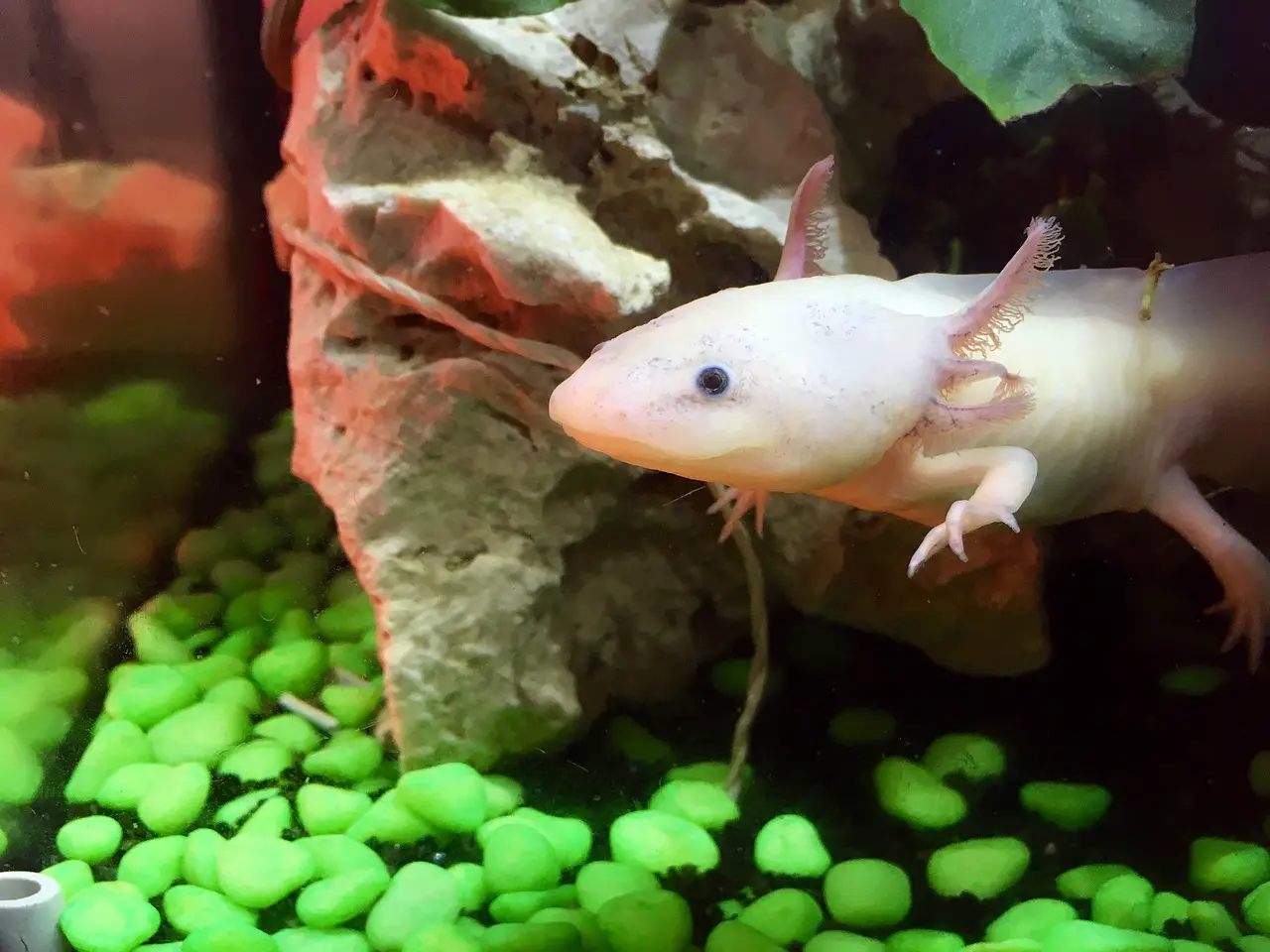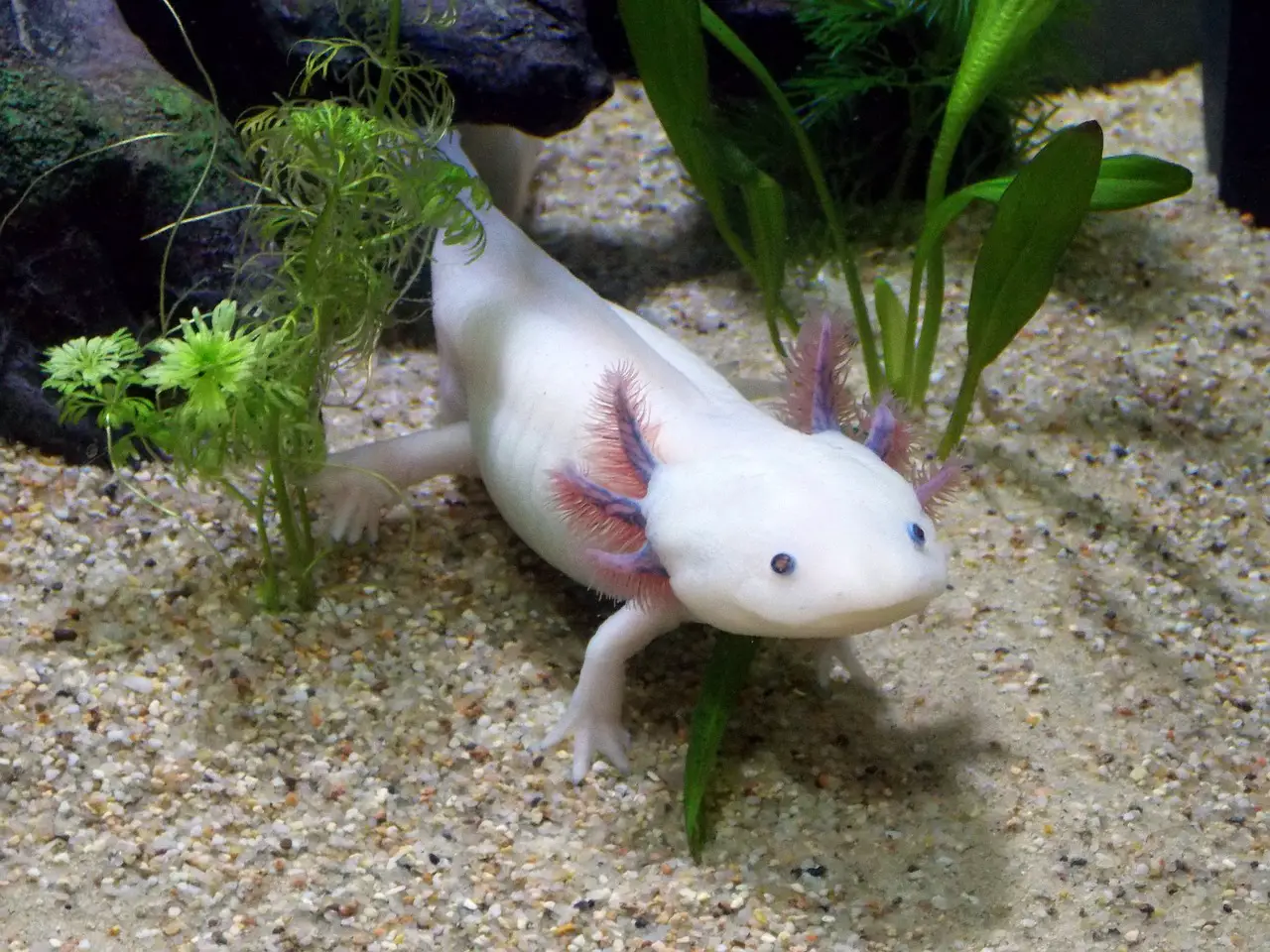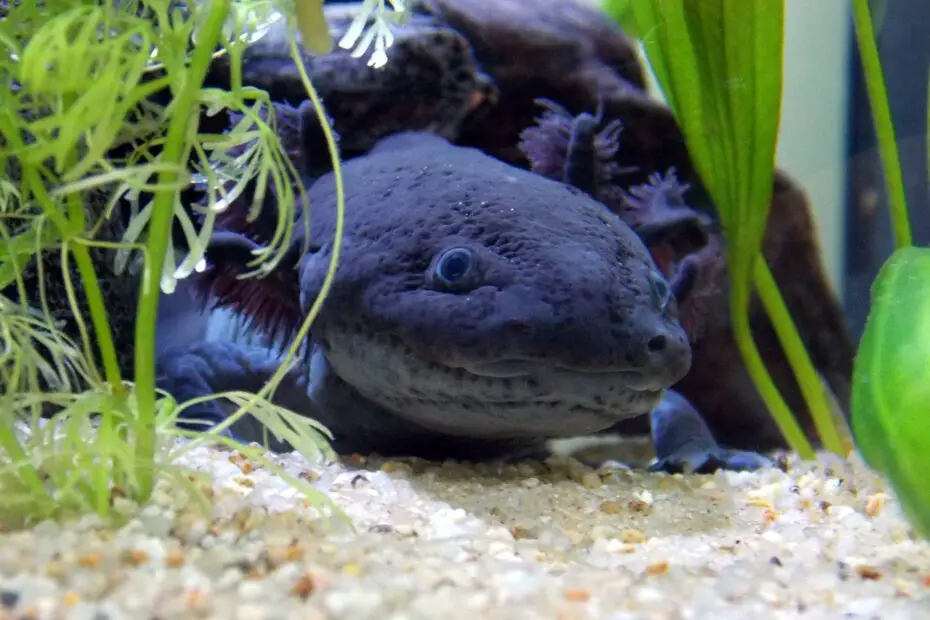Can Axolotls Go on Land? Axolotls, with their unique appearance and remarkable regenerative abilities, have captivated the interest of many. These fascinating creatures, scientifically known as Ambystoma mexicanum, are native to the ancient waterways of Mexico, specifically the Xochimilco and Chalco regions. Axolotls are often referred to as “Mexican walking fish,” but they are not fish; they are actually amphibians, belonging to the salamander family.
You may also want to know how much an axolotl costs.
Introduction
Can Axolotls Go on Land? The natural habitat of axolotls consists of freshwater bodies, including lakes, canals, and wetland areas. They have adapted to an entirely aquatic life, displaying neoteny, a unique phenomenon where they retain their juvenile characteristics into adulthood. This retention of larval features allows them to remain aquatic, unlike other salamanders that undergo metamorphosis and transition to a terrestrial existence.
However, this leads to a common question among enthusiasts and curious minds: can axolotls go on land? In this article, we will delve into the world of axolotls, exploring their natural adaptations, the challenges they face outside water, and the scientific experiments conducted to understand their terrestrial abilities.

Understanding Axolotls
Before diving into the possibility of axolotls venturing onto land, let’s first understand their characteristics and their natural habitat. Axolotls have a captivating appearance with external gills, a wide head, and a long tail. They come in various colors, including shades of brown, black, gray, and even albino.
As obligate neotenic amphibians, axolotls rely on gills to extract oxygen from the water. Their fully aquatic lifestyle is supported by their skeletal structure, which is optimized for swimming rather than bearing weight on land. These adaptations have enabled axolotls to thrive in their native freshwater environments.
Axolotls and Terrestrial Adaptation
While axolotls possess remarkable regenerative abilities and can even regrow lost limbs, transitioning to a terrestrial environment presents significant challenges. Unlike salamanders that undergo metamorphosis, axolotls retain their gills and larval features throughout their lives. This retention restricts their ability to develop lungs, which are essential for extracting oxygen from the air.
Moreover, axolotls lack the necessary skeletal modifications required for efficient terrestrial locomotion. Their limbs are adapted for swimming, featuring delicate structures designed for precise movement in water. On land, axolotls would face difficulties in supporting their body weight and performing essential functions like walking or climbing.

Limitations of Axolotls on Land
Axolotls’ physiological limitations prevent them from surviving on land for extended periods. Their gills are highly specialized for extracting oxygen from water, and without a moist environment, their gills would quickly dry out and become ineffective. This susceptibility to desiccation makes prolonged exposure to a terrestrial habitat detrimental to their survival.
Additionally, axolotls lack the protective features necessary to thrive outside of water. Their skin is thin and permeable, making them vulnerable to infections and dehydration. The absence of lungs further exacerbates the challenges, as they cannot efficiently extract oxygen from the air.
Experimental Attempts
Despite the inherent limitations, scientists and researchers have conducted experiments to investigate axolotls’ ability to survive on land. Some studies involved placing axolotls on land for short periods, monitoring their behavior, and observing any signs of adaptation. However, the results consistently indicate that axolotls struggle in terrestrial environments, exhibiting stress and discomfort.
These experiments emphasize the importance of understanding the fundamental nature of axolotls as aquatic creatures. While there may be anecdotal reports of axolotls venturing onto land briefly, it is crucial to remember that their biology and physiology are best suited for a water-based habitat.
Promoting Axolotl Well-being
For those interested in keeping axolotls in captivity, it is essential to provide them with a suitable aquatic environment that mimics their natural habitat. An ideal axolotl tank should have ample space for swimming, hiding places, and appropriate water quality parameters. Temperature, pH levels, and filtration should be carefully monitored to ensure their well-being.
Feeding axolotls a balanced diet is equally important. Their diet primarily consists of live or frozen foods like bloodworms, brine shrimp, and small aquatic invertebrates. It is crucial to offer them food that matches their size and dietary requirements.
Conclusion
Can Axolotls Go on Land? In conclusion, axolotls are primarily aquatic creatures, expertly adapted to life in the water. While there have been experiments exploring their terrestrial abilities, the physiological limitations, including the absence of lungs and their gill-dependent respiration, make it challenging for axolotls to survive on land. Therefore, it is essential to respect their natural habitat and provide them with suitable aquatic environments in captivity.
FAQs
- Can axolotls survive briefly outside of water?
- Axolotls may survive briefly outside of water, but their ability to do so is limited. Prolonged exposure to a dry environment can be harmful to their health.
- Are there any species of salamanders that can live on land?
- Yes, many salamander species undergo metamorphosis and transition to a terrestrial life. Unlike axolotls, these salamanders develop lungs and skeletal adaptations for land-based locomotion.
- Can axolotls breathe air?
- Axolotls primarily rely on gills to extract oxygen from the water. They are not adapted for breathing air efficiently like lung-breathing animals.
- What happens if an axolotl is exposed to a dry environment?
- Exposure to a dry environment can lead to desiccation and respiratory distress in axolotls. It is essential to maintain their habitat’s moisture levels to ensure their well-being.
- Are there any ongoing research efforts to enhance axolotls’ ability to survive on land?
- While there may be sporadic studies, the fundamental biology and physiology of axolotls make them primarily aquatic creatures. Research efforts generally focus on understanding their regenerative abilities and conservation in their natural habitats rather than promoting their transition to land.
